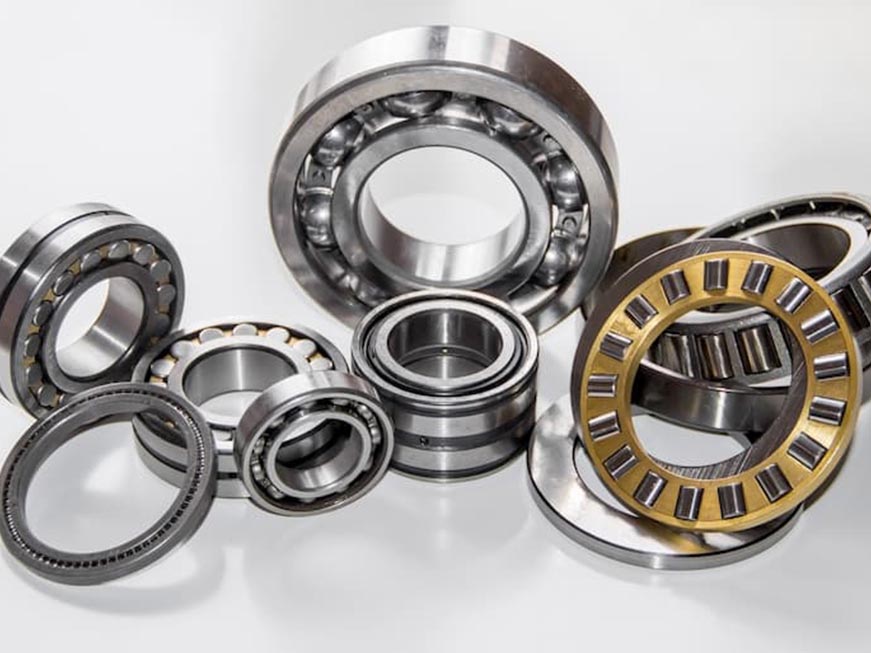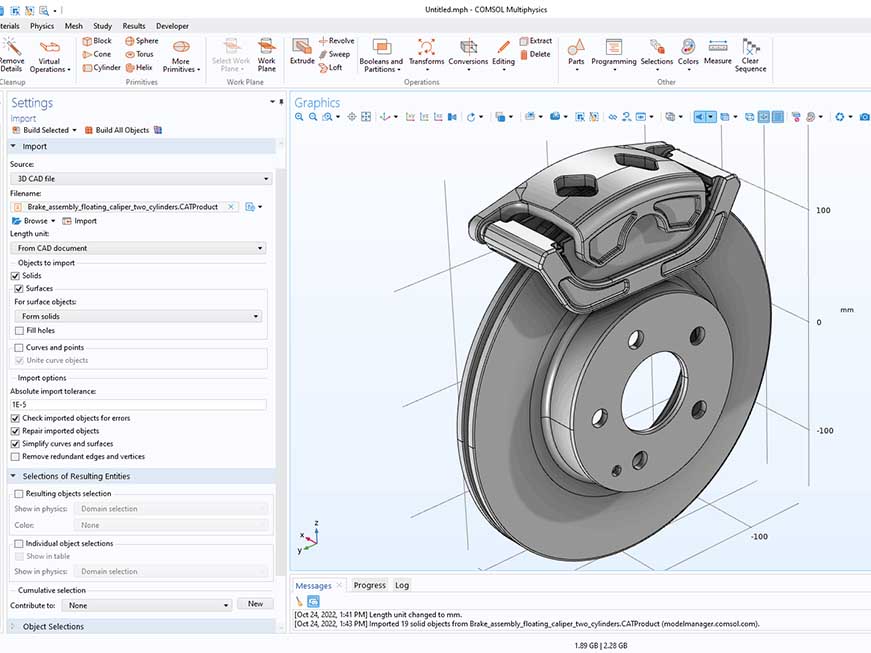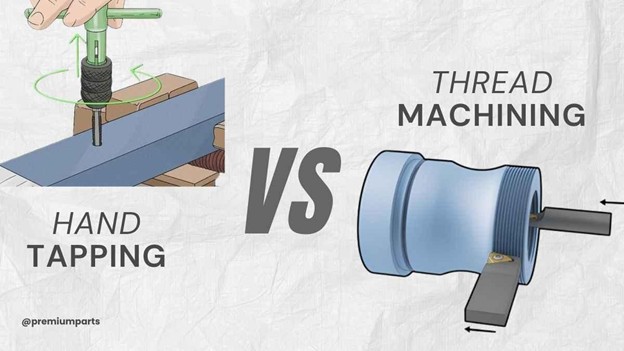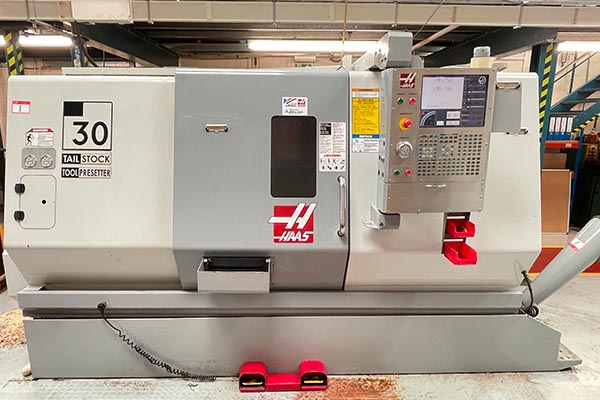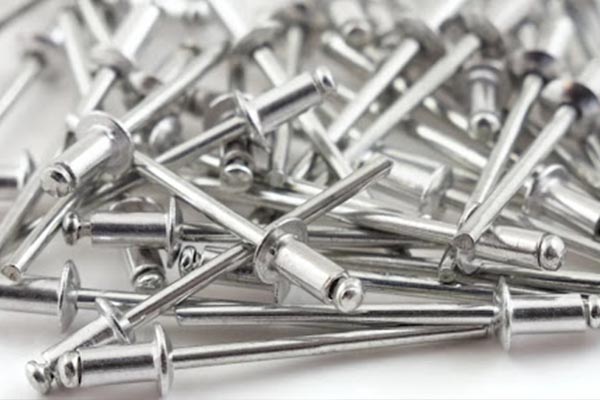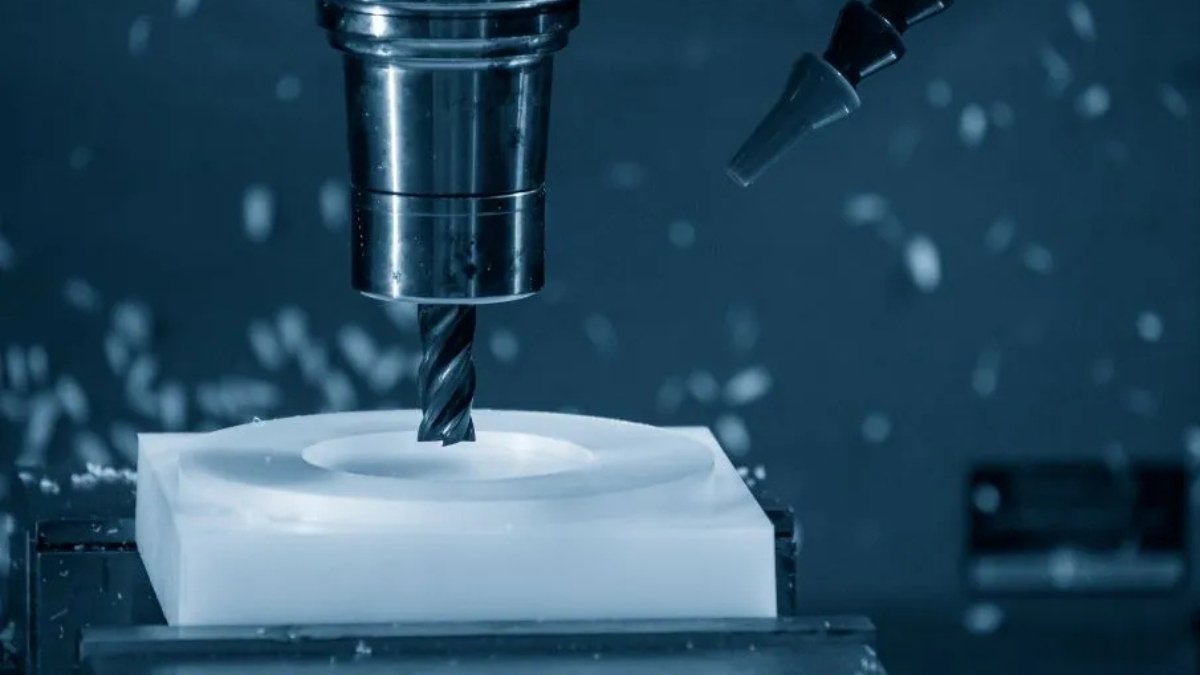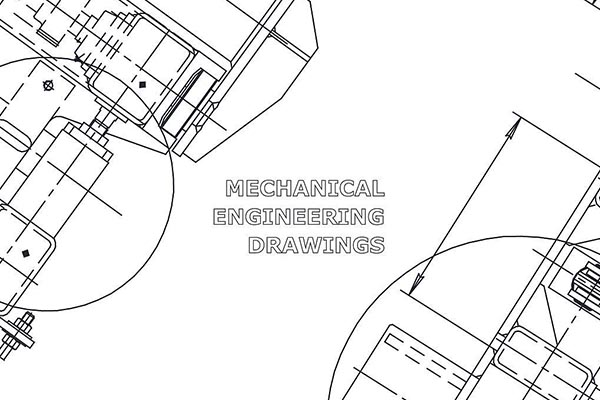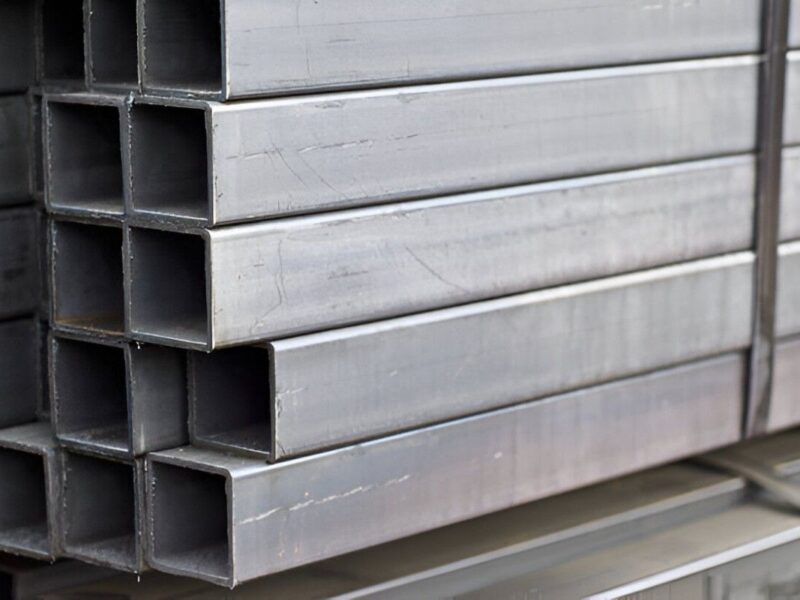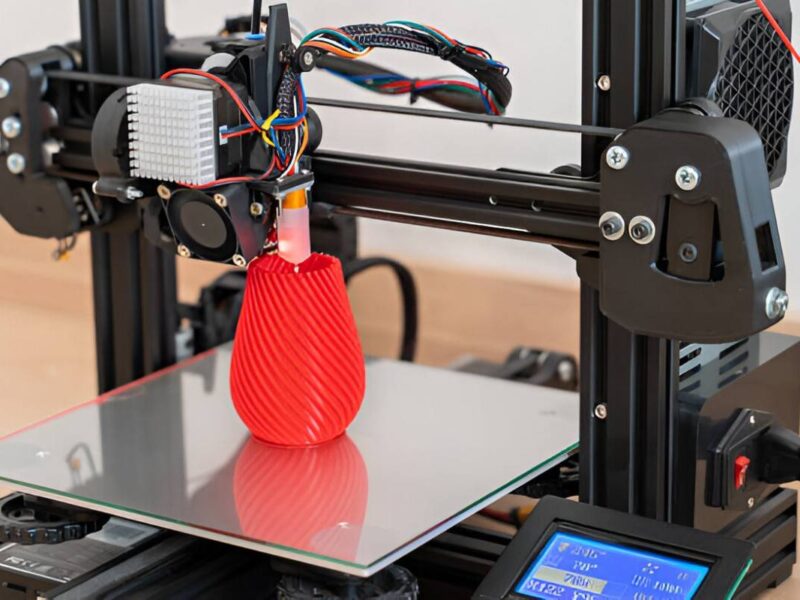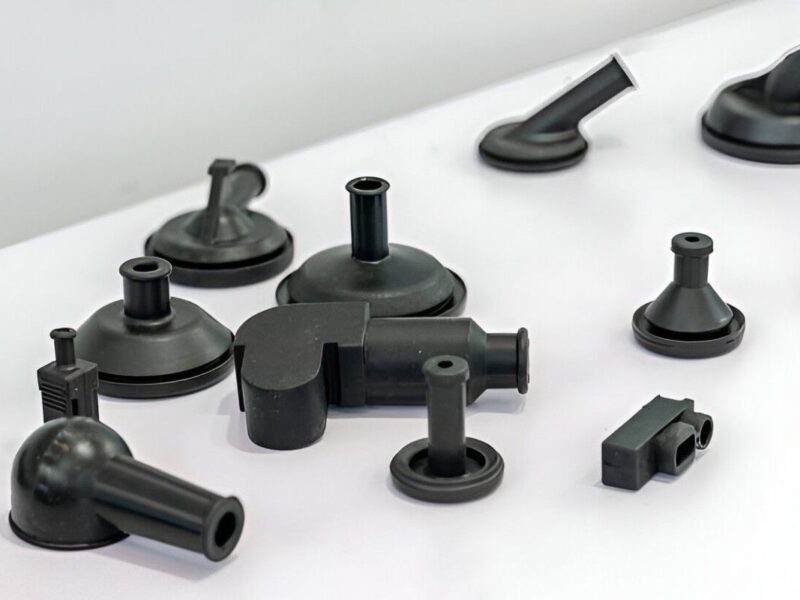Introduction
Inevitably, machining complex parts often leads to expensive mistakes. Any small mishap might lead to a waste of raw material, and there would be a considerable delay in the production schedule.
Striking the right balance between tight tolerances and low expenditure is always present challenge for engineers and manufacturers across various industries.
Concerning intricate edges and fine details, peripheral milling is a highly precise and efficient way to machine parts. It minimizes material wastage and improves accuracy, aiding you in achieving the demanding quality thresholds without elevating the cost of production.
The article details how peripheral milling operates, its main value propositions, and how to effectively use it. You will explore the best tips on cutter selection and machining use cases.
What Is Peripheral Milling?
As the name implies, in Peripheral milling, a cutter moves along the periphery of the workpiece. The tool in question is not perpendicular to the workpiece but parallel with it for the cutting plane and during the cutting tool movement. It can be used in operations that require a higher degree of accuracy, such as:
- Polish flat surfaces
- Create complex shapes
- Cut grooves
Peripheral CNC milling is effective for many types of materials; for example, metals, plastics, and composites. Here’s how it works:
- The tool has sharp edges that gradually slice materials into smaller, delicate parts.
- The cutting provides precision output.
- However, other substitutions, like groove milling or slot milling, show better control when performing these kinds of processes.
Peripheral milling is meticulously used for parts with intricate and complex outlines. It works especially well on objects that have small, detailed features.
Why You Should Prefer Peripheral Milling As a Machining Process
Milling is preferred when you desire to design parts at a low cost. Selecting the right milling process is one step towards achieving that goal.
1. Greatest Accuracy and Lowest Material Cost
Accuracy is a prerequisite. Peripheral milling makes incremental cuts, which improves precision. It also uses less material when compared to other milling methods to augment accuracy. Therefore, peripherals save material, which is normally very costly.
2. Perfect for Complicated Designs
For complex parts with arc-shaped contours, grooves, and other edge features, the peripheral milling technique is recognized as one of the most precise techniques available. It renders it the most suitable option for precision machining in circumferential tight spaces.
3. Productivity and Economic Viability
Peripheral face milling is more expensive due to the intensive material removal processes. However, it tends to incur a lower cost due to its economical material consumption. Additionally, this is quicker for larger workpieces due to the efficient cutting of larger sections.
4. Adaptability for Various Materials
Rigid metals? Softer plastics? It doesn’t matter what’s on your worktable; peripheral milling gets the job done. With the appropriate cutter, this milling process can accommodate a wide assortment of materials. This makes it easy to customize the machining process to specific requirements.
Face Milling vs. Peripheral Milling: Understanding the Differences
Being an engineer, selecting a milling strategy is fundamental to driving a project to successful completion. Both face milling and peripheral milling have differentiating uses. Distinguishing between peripheral and face milling helps you choose which one best suits your machining needs. Now, let us consider the criteria on which you would select one over the other.
Face Milling: Flat Surface Finishing Par Excellence
The workpiece is placed vertically and advanced into the cutter as the tool rotates. That is why the tool is said to have its face and not the peripheral side cutting edge forward. The face milling cutter digs into the material to create large, flat surfaces. The surface to be milled is advanced into the rotating cutter. It does possess outstanding surface quality. This approach still offers the best benefits: efficiency, cost savings, and smart resource use.
Although face milling has its limitations when it comes to the development of intricate contours. When one requires fine craftsmanship, this approach works very well. But turning features into shapes can become rather complicated.
Precision Performance for Intricately Shaped Parts
Face milling utilizes a tool in which the rotation is perpendicular to the surface of the workpiece. On the other hand, peripheral milling uses a tool with vertical rotation that is parallel to the workpiece.
The cutter performs peripheral cutting along the edges, forming slots with good dimensional accuracy in terms of width and depth. Machining parts for the aerospace and automotive industries, as well as electronic components, demands advanced manufacturing technologies. These components have highly sophisticated shapes that require precision and innovation.
Compared to face milling, peripheral milling provides edge and profile detail cutting precision. It can meet tight tolerances and complex curves with relative ease.
How the Peripheral Milling Process Works
Here’s a detailed overview of how peripheral milling works.
- Tool Choice: You must choose an appropriate cutter to achieve optimal results. Usually, cutters are made of carbide and high-speed steel to be used on particular materials and parts. Each cutter possesses a unique tooth geometry.
- Machine Setup: The operator secures the workpiece on the machine table and fastens the milling cutter onto the machine spindle.
- Cutting Action: The tool rotation in the peripheral milling machine is responsible for cutting peripheral workpiece surfaces. The cutter moves along the workpiece edge. It cuts step-by-step, following the precise path.
- Material Removal: Different work materials require specific cutting speeds and feed rates, which improve overall precision.
- Finishing: A finer milling operation, and smoothing follows the last step to validate a high-quality surface finish.
Selecting the Best Peripheral Milling Cutter
Selecting the peripheral milling cutter directly impacts how well the machining process performs. The right cutter determines the productivity and accuracy of the process. Factors like the machined part design, hole or contour, and cutting free speed, among are prominent factors to consider. It is recommended to consult with experts before choosing a cutter for peripheral milling.
- Material Compatibility: For tough materials, use cutters made from high-end materials like carbides or high-speed steel (HSS). For example, carbide cutters excel in the high-speed machining of hard metals.
- Tooth Configuration: Select cutters that have the appropriate tooth design for the intended purpose. Smooth finishes are provided by helical teeth. These reduce vibration. On the other hand, straight-tooth cutters outperforms at heavy material removal.
- Cutting geometry: The cutting angle and the cutter’s helix angle should be considered. These help effective chip removal in a good manner and give a uniform surface finish.
- Coating: Generally, gold-colored tools like TiN or TiAlN perform well in high-friction and thrusting zones. They may work much longer in these slots. For instance, in rotary motion with high speeds, milling may cause too much friction. Choosing the right side cutter gives you good accuracy and saves money..
Types of Peripheral Milling: The Correct Choice of Approach
Every form of peripheral milling comes with its own set of challenges. Different engineering projects pose unique problems and require different peripheral band milling techniques. It may be flat surfaces, accurate slots, or high-precision surfaces. We identify the major types and recommend instances when each is the most suitable.
Plain Milling
During plain milling, a cutter removes horizontal surfaces, and features at a specified elevation. The cutter used is a parallel vertical spindle aligned with the surface being worked on and is effective for larger areas.
Ideal Use Case: Plain milling operation is right fit for producing large, flat, free surfaces, especially if the component does not have sophisticated boundaries or profiles. It is suitable where a high volume of material needs to be removed.
Slot Milling
Slot milling involves a rotating cutter head to make slots. You get this by moving the workpiece into a round cutter. It cuts the material along its rotation to make precise slots.
Ideal Use Case: If you are seeking to create narrow grooves or slots with high accuracy? This technique is the best choice for you. It is usually used in the automotive, and electronics sectors.
Straddle Milling
Straddle milling uses two types of cutters. These are applied to the opposite sides of the workpiece at the same time. Both sides of the part being machined are worked on simultaneously, and therefore, both sides are completed in one cycle.
Ideal Use Case: It performs well where symmetrical machining on a part is needed, such as with machining fixtures or small symmetrical components.
High-Speed Milling
With high-speed work, the cutting tools are rotated at significantly greater speeds in comparison with conventional milling operations. The tool lasts longer, and you get uniform, more accurate finishes.
Ideal Use Case: Works best in operations where high precision and tight tolerances are a necessity, critical for surface finishes such as aerospace elements or surgical instruments.
Peripheral Milling Types
| Type | Description | Ideal Use Case |
| Plain Milling | Material is removed from a flat horizontal surface and plane | Applicable to big flat surfaces |
| Slot Milling | Narrow slots/grooves are formed into the workpiece | Useful for specific slots in parts |
| Straddle Milling | Both sides of the workpiece are machined with two cutters at the same time | Economical for machining parallel faces |
| High-Speed Milling | Finer finishes and reduced tool wear are achieved with high-speed cutting tools | Best for high-precision finishes |
All aforementioned milling types offer unique benefits. Therefore, it is fundamental to consider them for any specific project. At Premium Parts, we help you choose the right technique. It gives you good outcomes and saves money. You can count on it to work well every time.
Summary
To sum up all details, peripheral milling is not merely a machining process but rather a multifaceted technique to achieve precision and improve efficiency. However, it’s not as simple as the term suggests. It requires deep knowledge and expertise. Choosing the appropriate tools, machines, and cutters that help achieve set industry standards.
Choosing the appropriate milling techniques not only optimizes production. It also ensures that intricate design features are manufactured accurately. With an optimal arrangement, rapid turnaround time may be achieved, further broadening the appeal of this technique across industries such as aerospace and automotive, and maintaining the requisite quality standards.
In addition, knowing and implementing the best practices of peripheral milling helps improve the efficiency and machining processes quality. It helps you maintain a competitive edge in the ever-changing marketplace.
FAQs
Q1. How is peripheral milling different from other milling techniques?
When it comes to cutting edges, intricate parts, grooves, peripheral milling is the go-to choice. While roughing puts more emphasis on creating flat surfaces. Choose the appropriate milling method based on your part geometry and how smooth the final surface needs to be.
Q2. Is it possible to mill plastics in addition to metal?
Definitely, it is highly adaptable and used across many industries and disciplines. It can work with metals, plastics, and even composites.
Q3. What parts would you recommend for peripheral milling?
It is best for parts with edge cuts, precise slots, or complex geometry. It’s also ideal for intricate size profiles that define the part’s peripheral outline.
Q4. What considerations should I take when choosing peripheral cutters?
When selecting a cutter, tooth geometry must not be overlooked. Additionally, the diameter of the arbor and the material’s hardness, cut depth, and desired surface finish are all crucial factors to count on.


